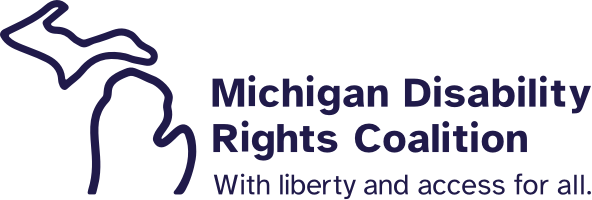Communication Frustration and Assistive Technology
Thursday, March 28, 2019
The Problem
Rachel Dancy posted this lesson in frustration on The Mighty. The problem Rachel describes with stuttering also occurs with disability “accents” where a disability characteristic makes speech less clear.
I decided to take a crack at coming up with some AT that could help reduce this kind of frustration. And I found some described later in the post.
Say Your Name #frustration #Stuttering By Rachel Dancy
There are times when phone technology is a blessing because of better service and quality, cute emojis and text messaging. All of that is fabulous. But the one thing that technology hasn’t improved is making phone automated prompts accessible to everyone. To a person who stutters, the automated phone prompts can be very frustrating. It doesn’t understand stuttering, only fluent speech. It prompts one to say your name. Sounds easy…but for most stutterers, saying your name is quite the hassle. You can’t replace it with another synonym, so you try.
“Ra-Rachel”
“Please try again.”
“Rachel”. One barrier down, few more to conquer.
“Please state the reason for your call. Would you like to schedule an appointment, cancel an appointment, speak to a representative?”
More reasons than I can possibly want and all of them more than a word. Ugh. Silence.
“Please make a selection.” All of the choices are listed again as if I did not hear the first time. Hearing is not the problem; it is saying it. After thinking for a few seconds, I need to make an appointment. ” Make an ap-appointment.”
” Please try again.” I try to really enunciate and scream into the phone. “MAKE AN APPOINTMENT!”
“You selected ‘make an appointment’. Is that correct? Say yes or no.”
” Y-Y-Yes.”
“Please try again.”
Breathe. “Yes.”
“Would you like an appointment for a haircut, manicure, pedicure, mani-pedi, wax or other? Say your choice.”
It’s a good thing I just need a haircut otherwise this would be an incredibly long phone call. Not to mention an incredibly expensive appointment too.
“Ha-Ha-Ha-Hair…”
“Please try again.”
“Manicure.” Sometimes you have to go with what works, or comes out better. I suppose my nails could use some touching up. A hair cut will have to wait.
“Please wait while we connect you.” Elevator music plays. At least I am going to be connected to a human being instead of a computer. “Hello, this is Ruth. Thank you for calling; how may I assist you today?”
“I w-would like to make an ap-ap..”
“Appointment?” she finished for me, which is another pet peeve, but no point in biting her head off.
“Yes, please.”
“Morning or afternoon?”
“How about afternoon?”
Now I have to pick a day. Looking at my calendar.
Ruth asks, ” Does Thursday at 2 work out?”
Crap. No, it doesn’t. On with the conversation.
“N-No, it doesn’t. Three O’clock? ” Please, please say yes.
“3pm is available. I will mark you down. Have a good day.” Ruth politely says goodbye and I breathe a sigh of relief. Technology might not be the greatest, but stuttering won’t get in the way of communicating with other people.
Potential AT:
- 711: 711 is like 211 or 911, but to relay speech through an operator to another number. When you dial 711 you are connected immediately to an operator who will take your form of communication (whatever that is) and relay it to the number to be called. The service is entirely free and confidential and is used by both people who are deaf and people who have difficulty with speech. The link has a lot more information on how 711 can help you communicate.
- Text to speech (TTS) apps for short words and phrases
Talk to me and Speak For Me are aimed at people who want to communicate short pieces of speech easily and quickly. Once they are running, you just type what you want to say and press a button. There are other TTS apps and I have linked to articles discussing some of the most popular. TTS apps can be used with different languages and different voices. Many offer you the ability to save specific pieces of TTS so that you can reuse them.
But the other thing I found was that genuinely accessible phone prompts would have been easier in the first place than requiring Rachel to search out, learn to install, use, and all the other things that AT requires. This complexity is worth it when you’ll be doing some things every day. It’s less practical when you only need to use a service once in a while.
Ultimately, Rachel’s frustration and that of our entire community will need businesses and governments to take responsibility for genuine (that is, accessible) connection with their customers.

